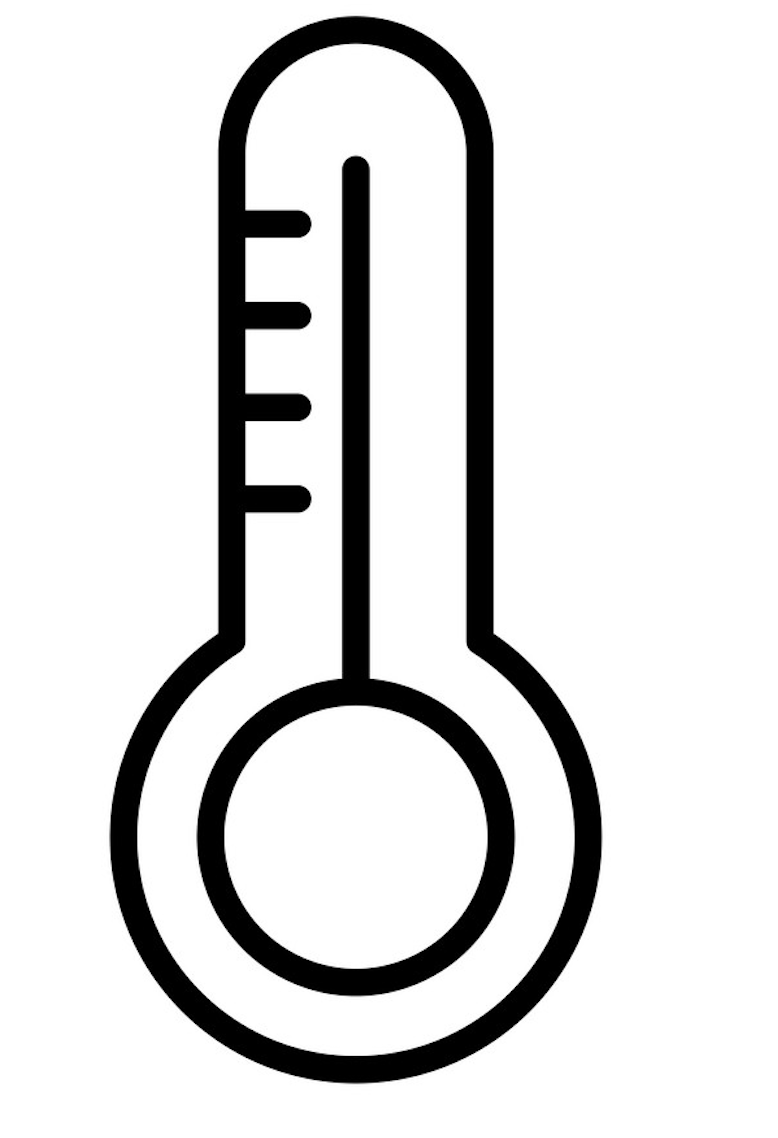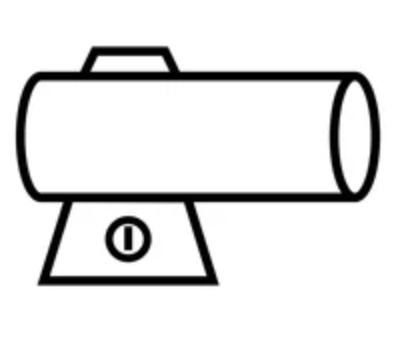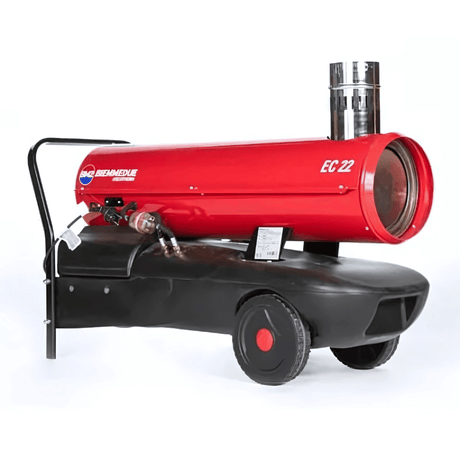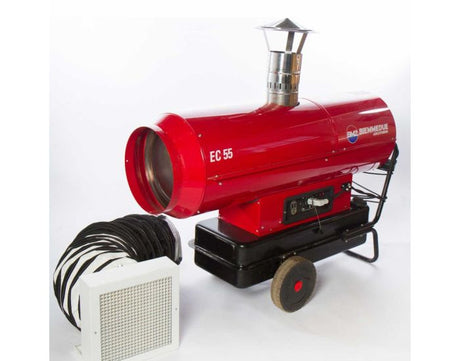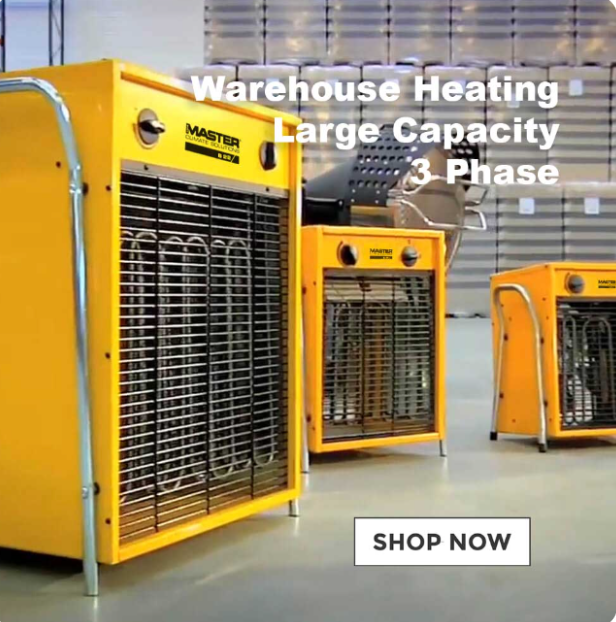When understanding heating capacity for an indirect diesel space heater, it’s important to match the output (measured in kW) with the size and insulation of your space.
Larger, open areas or those with poor insulation need heaters with higher kW ratings to maintain a comfortable temperature. For enclosed spaces, ensure the heating capacity isn’t too low, as this may lead to inefficient or uneven warmth.
Also, consider the desired warmth level, as a significant temperature increase may require a higher capacity. Proper heating capacity ensures effective, efficient warmth tailored to your needs.


